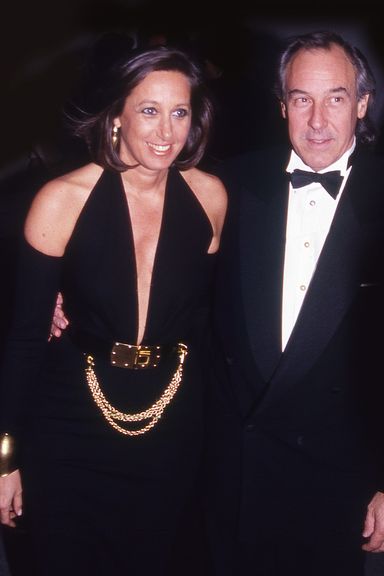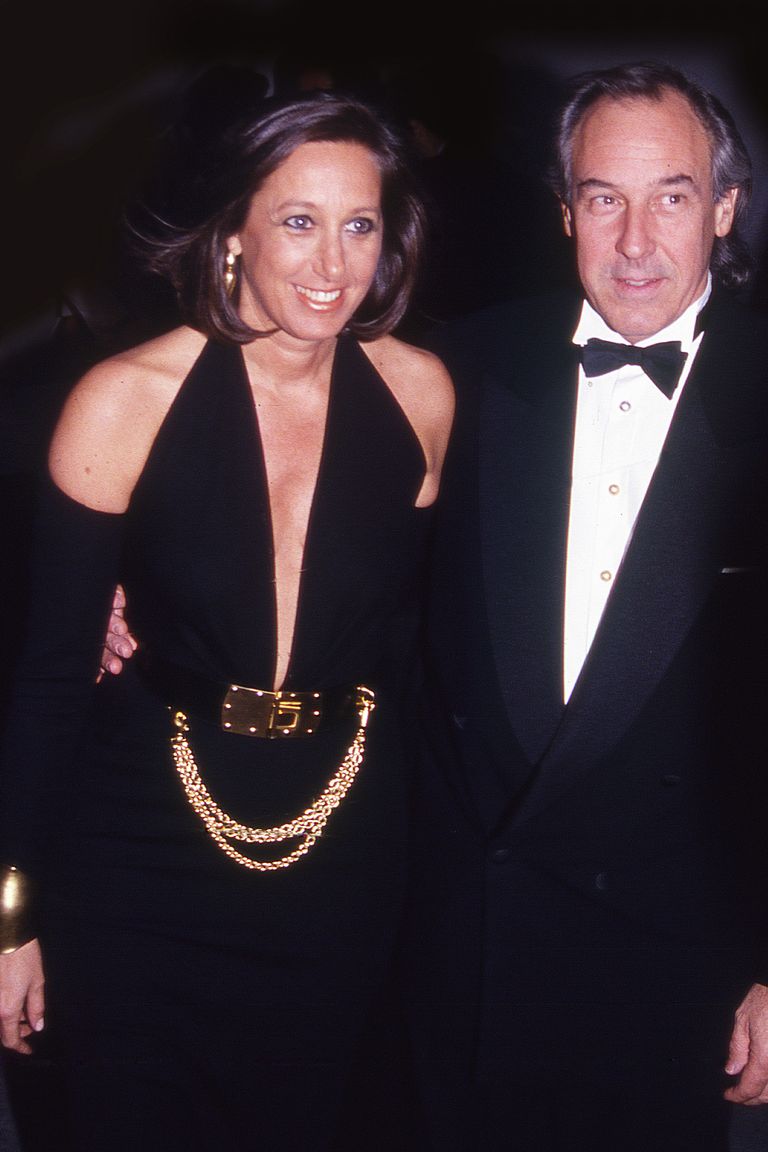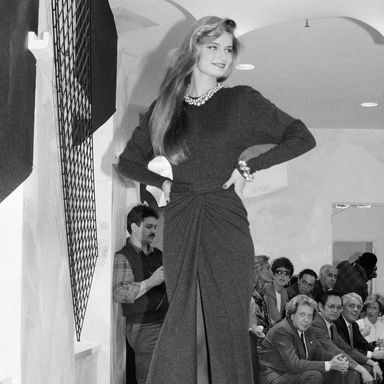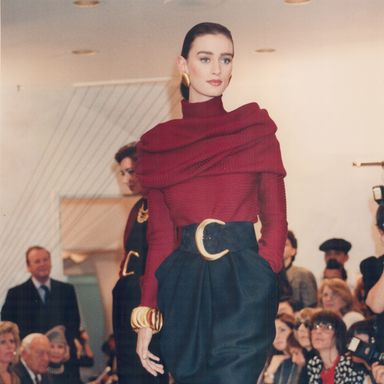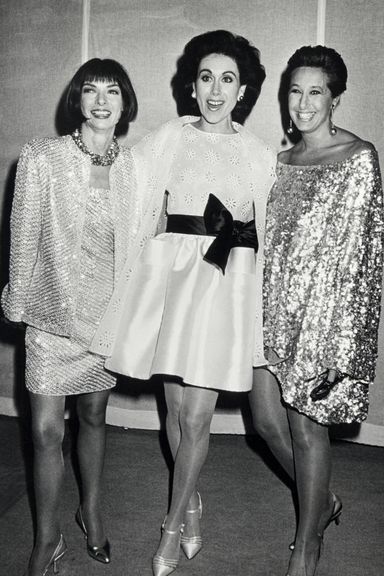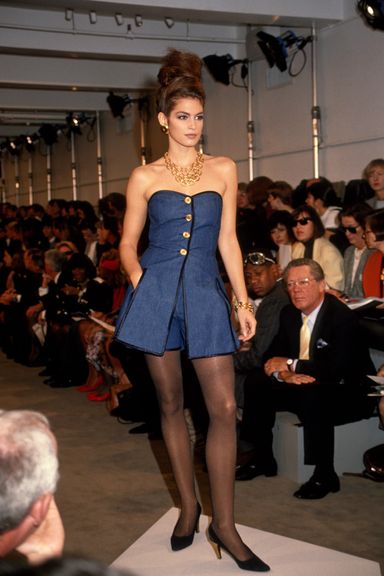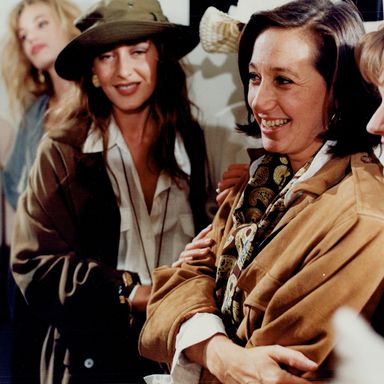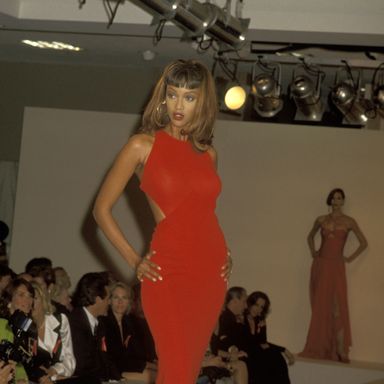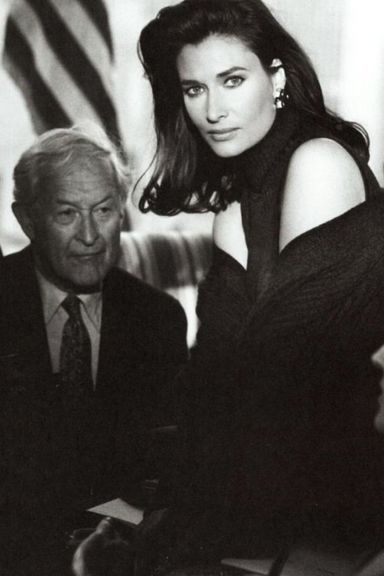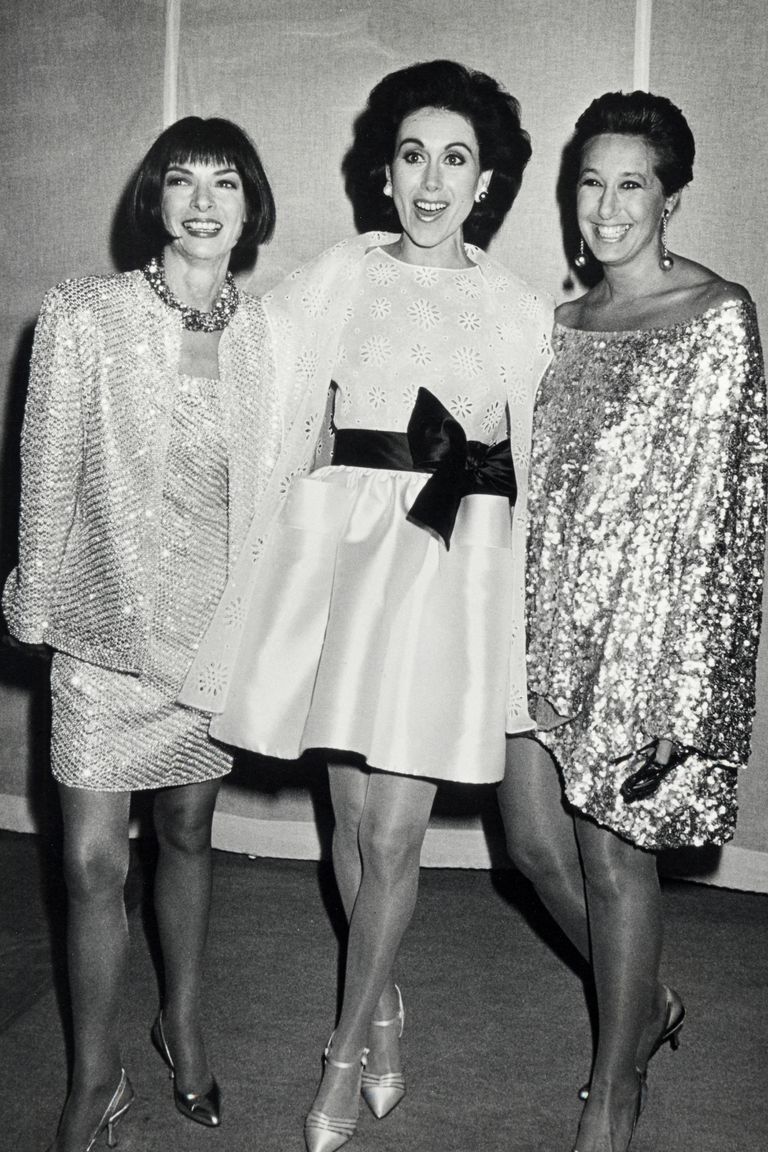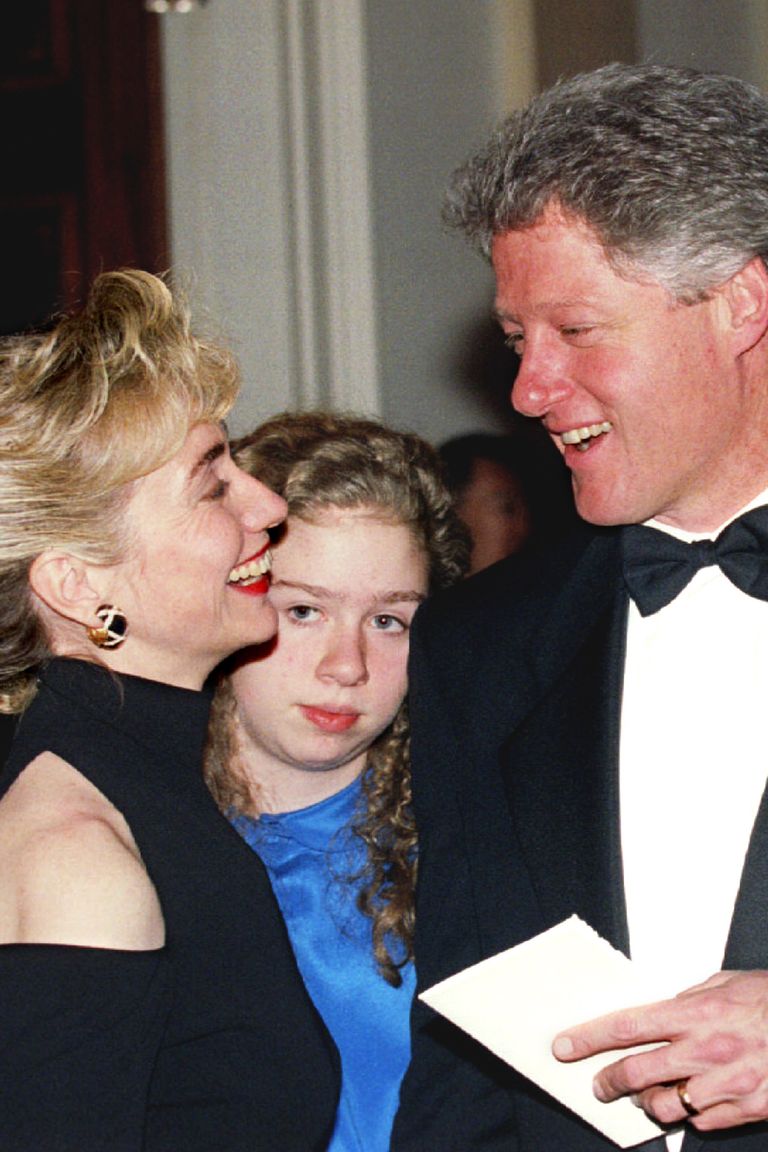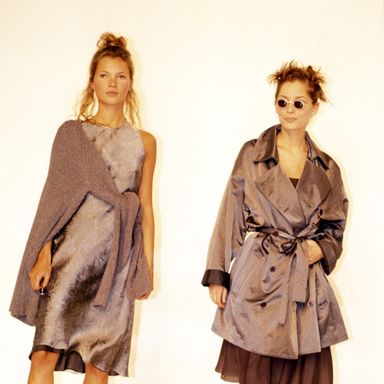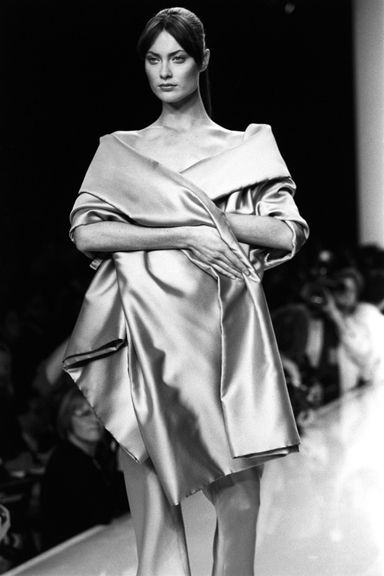Donna Karan Helped Women Look Like Themselves
When Donna Karan announced yesterday that she was parting ways with the company she founded 31 years ago, it marked an end to a design career that always had real women’s concerns at the forefront. Unlike many designers who work with an abstract concept of womanhood in mind, Karan knew her customer because, as she’s often pointed out, she was her customer: a working woman balancing career, family, and a spiritual life. After spending her early career at Anne Klein, Karan launched her own line with her much-vaunted Seven Easy Pieces collection in 1984. It was a move that would be endlessly copied over the years as designers released so-called “capsule collections.” But the original version was meant to truly serve as a modular wardrobe, with versatile pieces that included a simple bodysuit and a classic white shirt.
It was a welcome gust of simplicity at a time when the main options were either man-tailored power suits or the expensive furbelows of Nouvelle Society designers like Christian Lacroix. Karan’s aesthetic occupied the significant space between pinstripes and poufs. Critics were enthused, to say the least. Bernardine Morris of the New York Times celebrated the fact that the designer didn’t make her woman look “like a clone of a male executive.” Karan’s alternative was a kind of soft power, which felt inherently feminine without reverting to anything infantilizing or cutesy. Even her famous “cold shoulder” cutout dress, as worn by Hillary Clinton and Liza Minnelli, was made with regular women in mind — after all, as the designer put it, “the only place you never gain weight is your shoulder.”
Her still-talked-about “In Women We Trust” campaign in 1992 showed a woman being sworn in as president and sitting in the Oval Office, among other images in an 8-page spread shot by Peter Lindbergh. At the dawn of the waif era, the designer, who often talks about her size-12 frame, made a point of casting size-8, 34-year-old Rosemary McGrotha as the commander-in-chief. Ever the multitasker, Karan gave an interview about the campaign to New York while she pedaled a stationary bike, saying, “I’m not trying to elevate women at the expense of men, but to say that a woman could go for it.” (And while Karan’s vision hasn’t yet come to fruition 23 years later, it soon might in the form of Clinton, a loyal Karan fan.)
Karan was also one of the first mainstream designers to embrace streetwear and what we would now call athleisure. Inspired by her teenage daughter Gaby, she founded DKNY as a diffusion line in 1989, saying, “I’m bored with the concept of dressing ‘the executive woman.’ These are clothes to have fun in.” That meant oversize logo tees, leggings, and pool slides — play clothes for cool, downtown kids that were soon adopted nationwide, complete with an iconic mural that served as the gateway to Soho for many years. Earlier this year, she announced that Public School’s Maxwell Osborne and Dao-Yi Chow, whose line is heavily influenced by streetwear, would be carrying on the tradition as creative directors of the line.
As the designer aged, she became an evangelist for wellness, and anticipated the current fervor for all things health-chic. Her Urban Zen foundation and clothing line promoted a yoga-and-meditation-driven lifestyle. And she advocated a saner alternative to fashion’s hectic seasonal cycle, telling Women’s Wear Daily, “[It’s] a smorgasbord of too much. You eat all of the food, more, more, more, more and more … All of this stuff, stuff, stuff, stuff; it’s going to obliterate each other. The whole thing has to be rethought, completely.” When many industry types paid lip service to paring down the industry, Karan was actually working to do so, encouraging the CFDA to take action on the issue.
Perhaps Karan’s biggest legacy, though, is that of female figurehead of a longstanding fashion business. Paradoxically, in an industry most strongly associated with women, it’s still rare to find a fashion company fronted by a woman — and it was even rarer when Karan started (Diane von Furstenberg and Vivienne Westwood are two peers who are still in charge). Whether or not you wore Karan’s designs, you knew her name and her face — not to mention the company she designed in her own image.
Click through the slideshow to see some of Karan’s greatest runway and advertising moments over the years.
